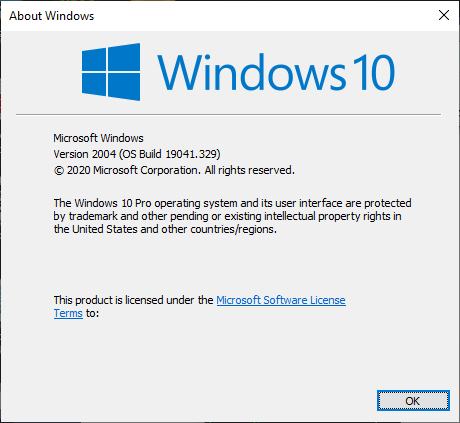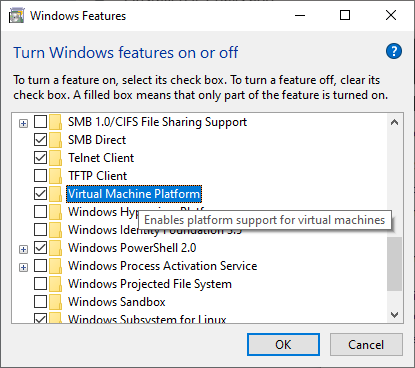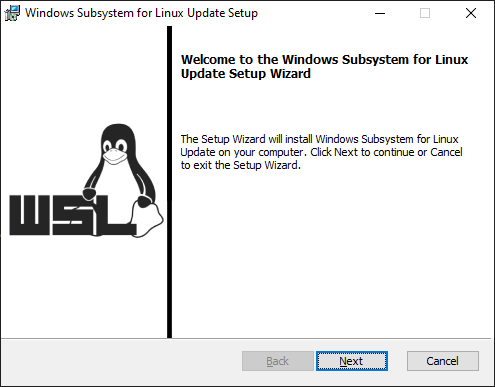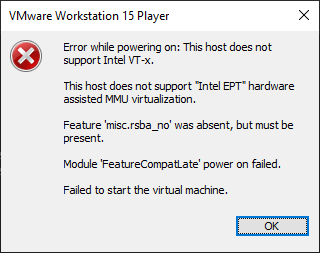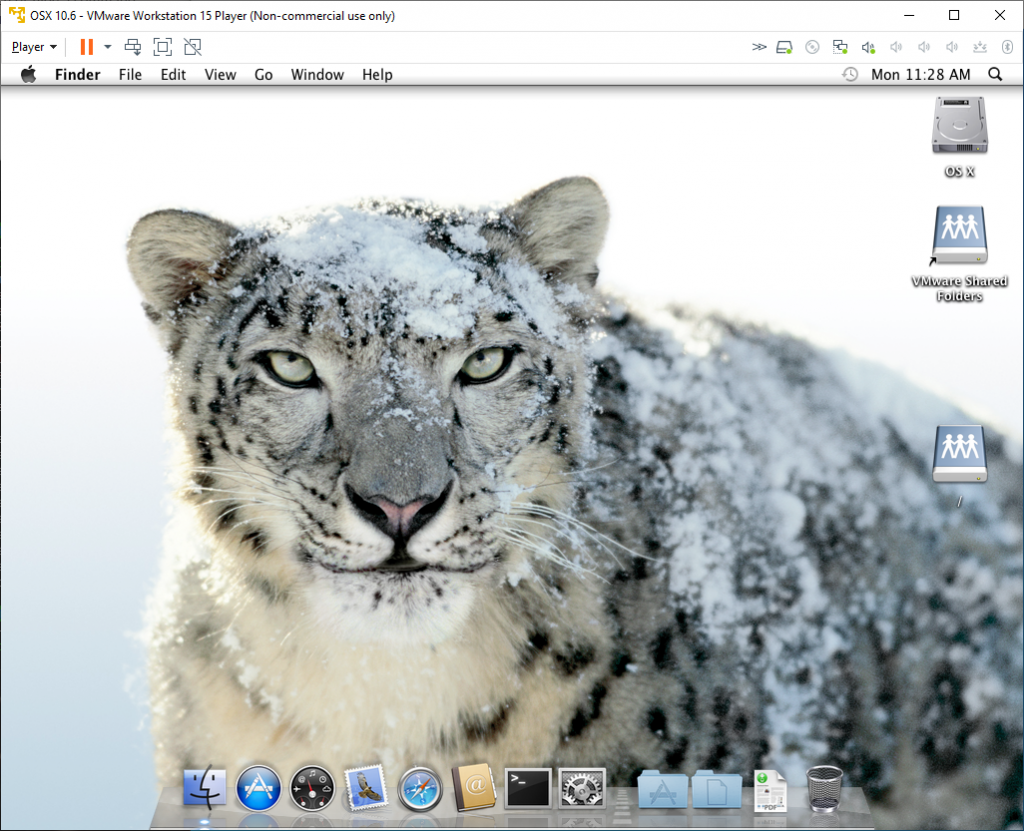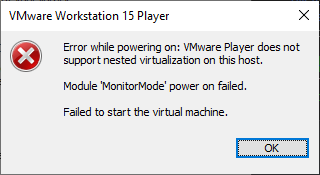
Details don’t seem to be anywhere near as complete as I’d like them for now, but the long speculated move to ARM has finally begun. Interestingly enough, it’s the end of OS X 10.x as now we have version 11, currently named macOS Big Sur:
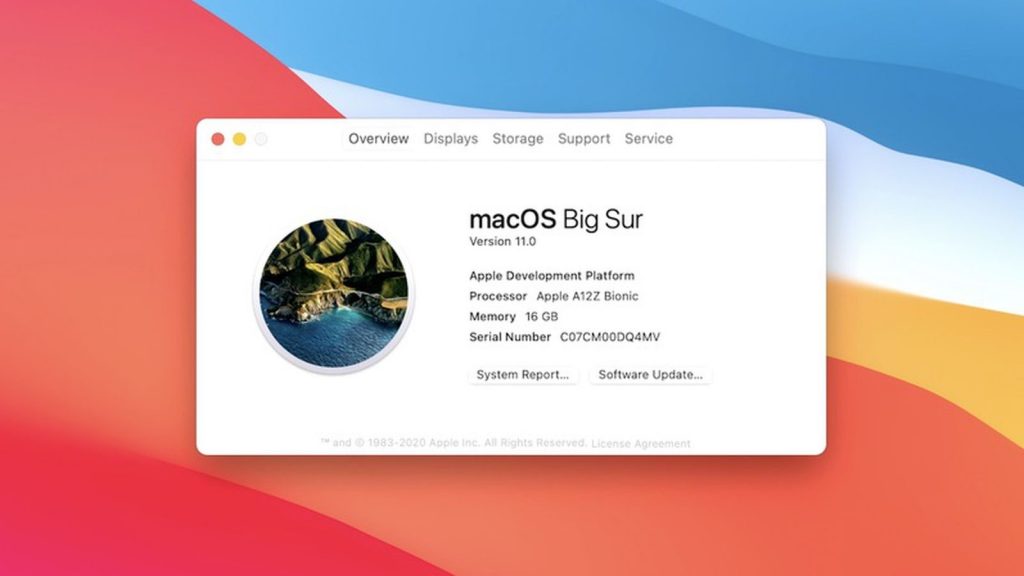
I guess the more interesting thing will be the emulation in the new Rosetta2, if this is actual emulation or is this going to be relying on LLVM’s intermediary byte-code, allowing a user experience more akin to Java.
With the move to ARM, this will spell the end of the Hackintoshes. Which is a shame, as the best way to experience OS X, most certainly has been on non Apple hardware. I guess time will tell regarding the adoption of the desktops, but as always since the introduction of the Apple Store & Apps, computers have accounted for a negligible fraction of Apple’s sales. Even sales of iPads surpass those of all the computers combined.
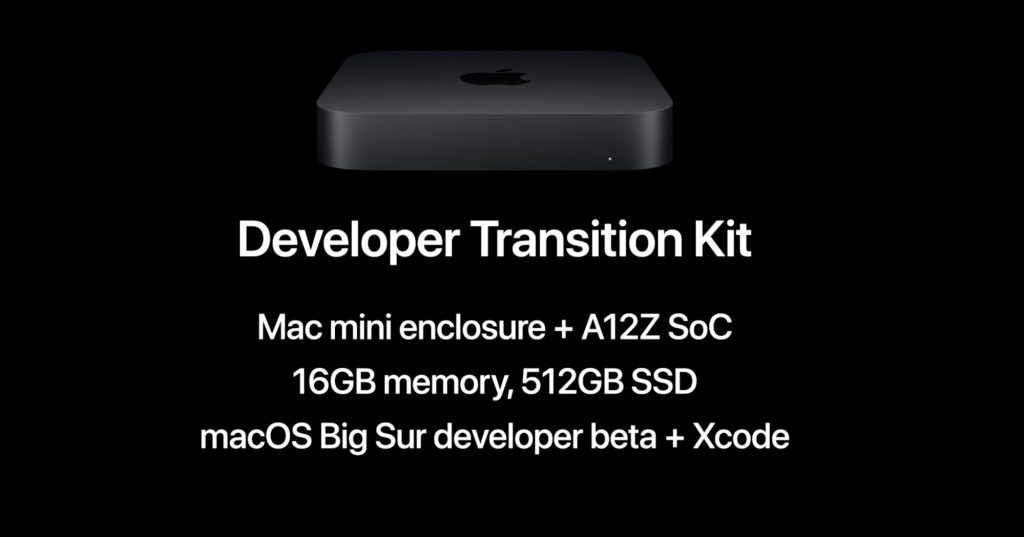
The upcoming transition kit will be a Mac mini sporting the A12Z SoC, 16GB of memory and a 512GB SSD. This is the same processor in the current iPad Pro.
The Transition Kit is $500 USD, however it’s invite only. You can try your luck here at:
https://developer.apple.com/programs/universal/

Naturally I was denied the opportunity to give them $500.
I suppose as time goes on more and more details will become available. I’m sure there will be a race to get Qemu to run Big Sur, although Im sure the retail product will be signed and encrypted, and Apple will consolify their ecosystem.
On the gaming side, however being able to run iOS apps on the desktop means that the Mac is now a serious gaming contender for the casual market. Can apple bridge the Candy Crush gap where Microsoft failed with RT?

